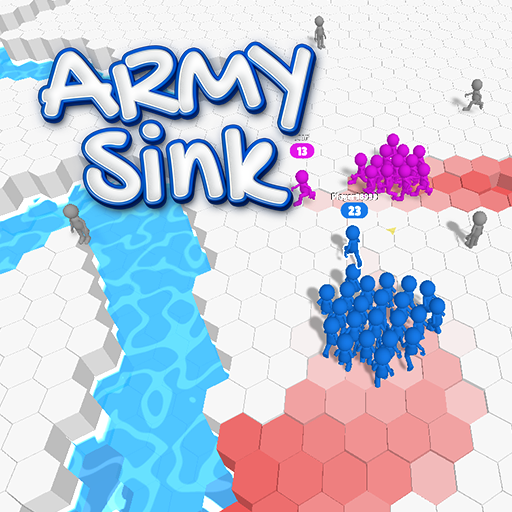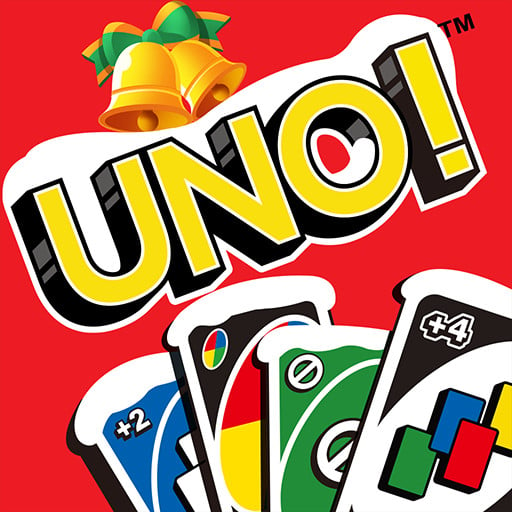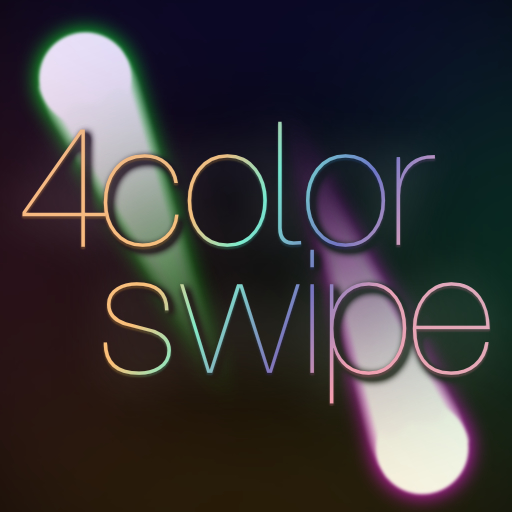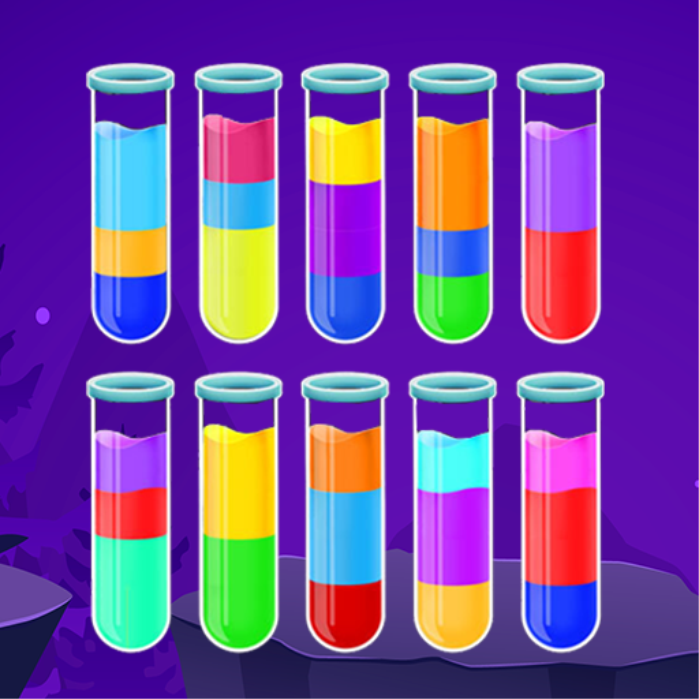Similar Games
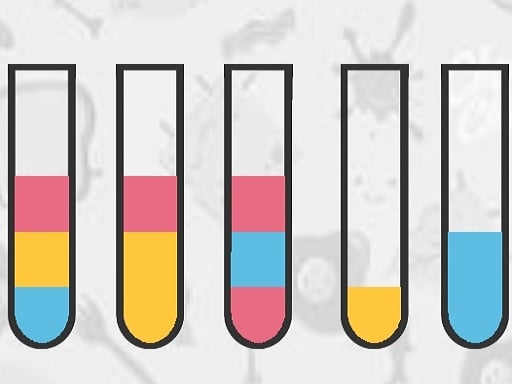
Water Color Sorting
How To Play
Water Color Sorting
Watercolor painting, celebrated for its fluidity, transparency, and vibrant blending of colors, is one of the most versatile mediums in the world of visual art. Whether for beginners or seasoned artists, mastering watercolor techniques can be both challenging and rewarding. Among the myriad techniques employed by watercolor artists, watercolor sorting is one that holds significant potential for creative expression, adding a layer of complexity to the process of painting and color management. In this article, we will delve into what watercolor sorting is, its significance, the process involved, and the various applications and challenges it presents to artists.
What is Water Color Sorting?
Water color sorting refers to the methodical approach of organizing or arranging watercolor paints and their respective colors before or during the painting process. While this concept may sound simple at first, it goes far beyond merely placing colors in neat rows on a palette. The true essence of watercolor sorting lies in its ability to optimize the creative process, ensuring that the artist has quick access to the colors they need, as well as maintaining consistency throughout a piece.
In essence, watercolor sorting involves grouping or categorizing colors based on several criteria: hue, temperature, intensity, transparency, and even how colors interact with one another when mixed. The goal is not just organizational efficiency, but also maximizing the artistic potential that comes with understanding how different colors will behave in various contexts.
The idea of sorting can apply to both the physical and digital realms of watercolor art. For traditional watercolor painting, sorting may involve the arrangement of paint tubes, pans, or swatches in a manner that reflects their relationship with one another. For digital watercolor artists, the concept of sorting can involve grouping digital brushes or color swatches that will be used throughout the painting process.
The Importance of Color Sorting
Watercolor paints, unlike oils or acrylics, are known for their unpredictable nature. The way watercolor pigments mix with water and interact on paper can lead to varied and sometimes surprising results. This behavior is influenced by factors such as pigment type, paper texture, water concentration, and the mixing of different hues. Color sorting helps mitigate some of the unpredictability by allowing artists to create a coherent color palette that suits the piece they are working on, making it easier to anticipate the effects of color combinations.
For example, an artist working on a landscape painting may choose to sort their colors into categories such as “earth tones,” “sky colors,” or “water reflections.” This organization aids the artist in quickly finding the right colors when needed, avoiding confusion, and reducing the likelihood of using the wrong color at a critical point in the painting process. Sorting is especially valuable in complex works, where different shades must be used in close proximity, such as when painting a portrait, a still life, or any piece that requires nuanced color application.
By understanding the relationships between different colors, artists can enhance their work, creating more harmonious compositions. For instance, a primary color scheme might involve sorting colors into warm and cool tones, allowing for more striking contrasts, or blending opposites to evoke a sense of tension. Similarly, the balance between light and dark shades, or warm and cool temperatures, can significantly influence the emotional tone of a painting.
How to Sort Watercolors
The process of sorting watercolor colors may differ from artist to artist, but certain common principles can help guide the process. First and foremost, it’s important to acknowledge the diversity of watercolor paints available. Different paints will vary in terms of transparency, pigment load, and drying time. These characteristics play an important role in how the colors behave and can influence an artist’s decision on how to organize their palette.
One of the most common methods of sorting watercolors is by hue. This approach involves grouping colors based on their basic color family, such as reds, blues, yellows, greens, and so on. By sorting colors in this way, artists can quickly locate specific shades when needed. However, sorting by hue alone does not provide a complete picture, as it fails to account for the more subtle differences in temperature or intensity that can alter the mood or tone of a painting.
To go deeper, many artists prefer to sort their paints according to color temperature. Colors are often categorized into warm and cool tones. Warm colors such as reds, oranges, and yellows tend to be vibrant, bold, and energetic, while cool colors like blues, greens, and purples tend to evoke a sense of calm or serenity. The interaction between warm and cool colors can significantly affect the mood of the painting and is often key in creating balance and depth.
Another method involves sorting colors by intensity or chroma. Intensity refers to how pure or muted a color is. High-intensity colors are vivid and saturated, while low-intensity colors are duller and may have been mixed with neutral tones. Sorting colors by intensity allows artists to more easily create subtle shifts in tone or contrast within their paintings.
Lastly, organizing colors by transparency can be particularly important for artists who work with glazing techniques. Some watercolor paints are naturally more transparent, while others are opaque. For an artist working in layers, it’s essential to know which colors can be built up without losing their vibrancy or muddying the underlying layers. Transparent colors tend to work well for delicate glazes, while opaque colors are better suited for solid coverage.
Applications of Watercolor Sorting
While the primary goal of watercolor sorting is to enhance the painting process, it also has a wide range of applications across various aspects of the artistic journey.
1. Efficient Workflow
For many artists, organizing their colors ahead of time helps streamline their workflow. The sheer number of pigments available in watercolor can be overwhelming, and if an artist does not have a system in place, it can result in time wasted looking for a specific color or trying to remember which shade works best for a particular effect. Sorting the colors beforehand reduces decision fatigue and allows the artist to focus on the creative process rather than spending time on logistical matters.
2. Consistency in Color Mixing
Another key application of watercolor sorting is maintaining consistency in color mixing. As watercolor artists often mix their own shades, being able to quickly access a set of base colors or organized pigment groups can help them replicate a particular color scheme across multiple works. This can be especially important when an artist is working on a series of paintings with a consistent color palette.
3. Improved Composition
Sorting can also aid in achieving better compositional harmony within a painting. Understanding how colors relate to one another — whether through complementary color schemes or analogous colors — allows artists to create more cohesive and visually appealing works. This organization aids the artist in maintaining a balanced use of color throughout the painting, ensuring that no one area of the piece overwhelms the others.
4. Enhancing Creativity
While it may seem counterintuitive, sorting colors can actually enhance creativity. By grouping colors in ways that make sense visually or thematically, artists may be inspired to experiment with new combinations and applications. For instance, by seeing all the cool-toned colors next to one another, an artist might decide to use them in a unique way to create atmospheric effects or depth. Similarly, having an organized system for warm colors can inspire a more dynamic use of contrasts within the artwork.
Challenges of Watercolor Sorting
Despite its numerous benefits, watercolor sorting is not without its challenges. One of the primary difficulties that artists face when organizing their watercolors is the inherent unpredictability of the medium. Watercolor paints are known for their fluidity and tendency to behave differently depending on various factors. This means that even though an artist may have sorted their colors in a logical or structured way, the outcome of mixing or applying those colors may not always be what they anticipated.
Moreover, with the vast array of colors available to modern artists, it can be difficult to keep track of new pigments and brands. This constant influx of options may necessitate rethinking one’s sorting system on a regular basis, which can be a time-consuming process.
Additionally, for artists who are used to a more intuitive approach to painting, the structured process of sorting colors may feel restrictive or stifling. Creativity can sometimes flourish in environments where there is a degree of chaos or unpredictability, and for some, sorting can feel like an unnecessary constraint.
Conclusion
Water color sorting is a powerful technique that helps artists manage the complex and unpredictable nature of watercolor paints. By categorizing colors based on hue, temperature, intensity, or transparency, artists can create more cohesive and harmonious works, while improving their workflow and consistency. The applications of watercolor sorting extend beyond simple organization — they enhance the artist’s ability to experiment, maintain control over their creative process, and even foster inspiration. Despite its challenges, mastering this technique can significantly elevate an artist’s approach to watercolor painting, leading to more refined and impactful artistic expressions. Whether for beginners or advanced practitioners, understanding the benefits and applications of watercolor sorting is a valuable tool in the watercolorist’s toolkit.



